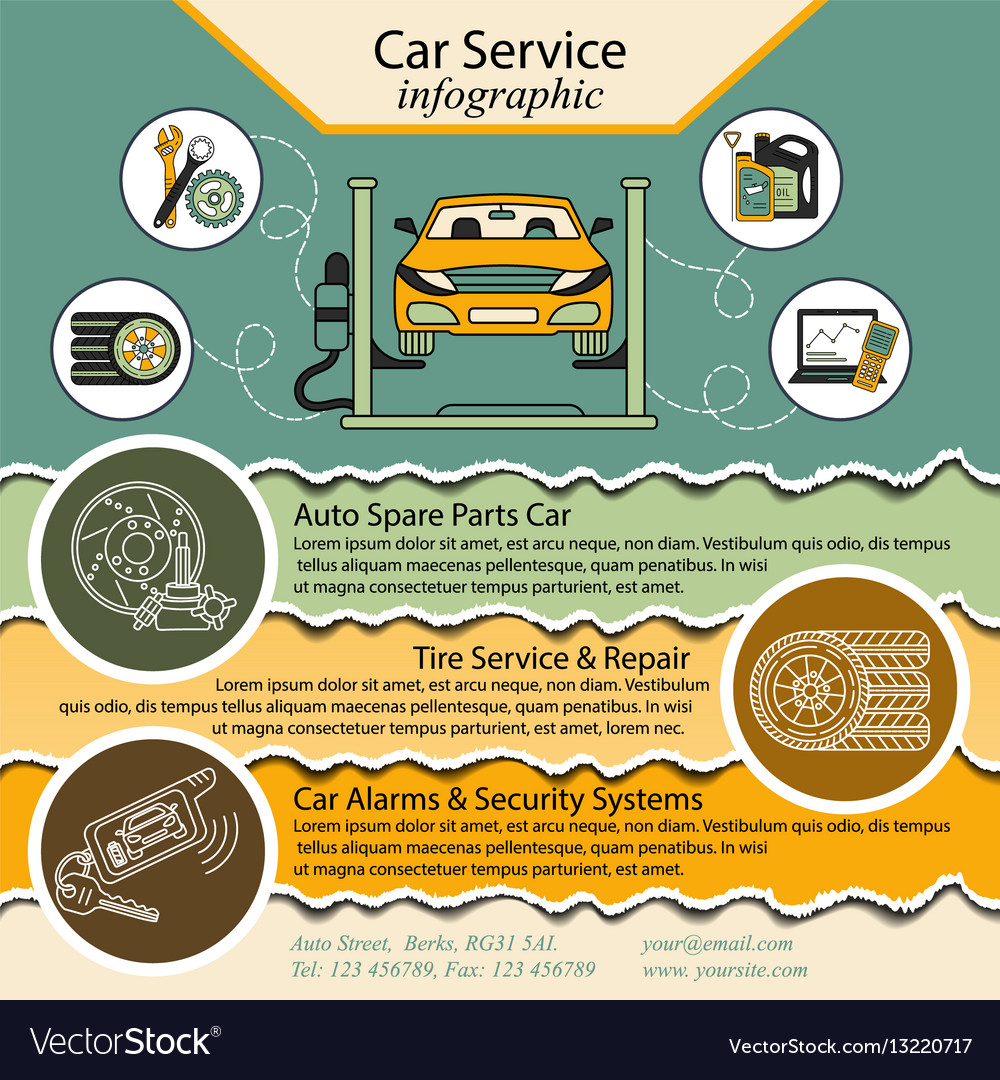Interpreting Your Car'S Alert Lights: Their Real Ramifications
Interpreting Your Car'S Alert Lights: Their Real Ramifications
Blog Article
Web Content Composed By-Termansen Forbes
When you lag the wheel, those glowing caution lights on your control panel can be a little bit bewildering. Do you recognize what they're trying to inform you regarding your vehicle's wellness? Recognizing the significance of these lights is vital for your safety and the longevity of your car. So, the following time one of those lights appears, would not you wish to understand its message precisely and take the essential actions to address it?
Common Warning Lights and Interpretations
Determine common warning lights in your automobile and comprehend their meanings to ensure safe driving.
The most common caution lights consist of the check engine light, which signals concerns with the engine or discharges system. If this light begins, it's essential to have your automobile examined immediately.
The oil stress alerting light shows low oil stress, requiring prompt focus to prevent engine damages.
A flashing battery light may suggest a damaged billing system, possibly leaving you stranded otherwise resolved.
The tire stress tracking system (TPMS) light signals you to reduced tire stress, influencing vehicle security and fuel efficiency. Ignoring this might lead to hazardous driving problems.
The abdominal muscle light indicates a trouble with the anti-lock stopping system, endangering your ability to quit quickly in emergency situations.
Last but not least, the coolant temperature level advising light warns of engine overheating, which can result in serious damages otherwise settled promptly.
Understanding these common warning lights will certainly assist you attend to problems immediately and preserve secure driving problems.
Relevance of Prompt Interest
Recognizing the usual warning lights in your auto is just the first step; the importance of promptly dealing with these warnings can't be emphasized enough to guarantee your safety on the road.
When a warning light brightens on your dashboard, it's your automobile's method of interacting a potential concern that requires focus. Neglecting these cautions can lead to extra serious problems down the road, jeopardizing your safety and security and possibly costing you more in repairs.
Trigger focus to cautioning lights can avoid failures and accidents. As an example, a flashing check engine light can indicate a misfire that, if left neglected, might trigger damage to the catalytic converter. Resolving https://www.monitorsaintpaul.com/stories/advice-and-service-tips-from-bobby-steves-auto-world,5468 can conserve you from an expensive repair service.
In a similar way, a brake system alerting light may signal reduced brake fluid or worn brake pads, crucial parts for your security when driving.
DIY Troubleshooting Tips
If you see a warning light on your control panel, there are a couple of do it yourself troubleshooting tips you can attempt before seeking specialist assistance.
The primary step is to consult your cars and truck's handbook to comprehend what the particular warning light shows. Sometimes the concern can be as easy as a loosened gas cap activating the check engine light. Tightening up the gas cap may resolve the trouble.
https://beckettojeys.bloginder.com/31828486/the-innovation-of-auto-detailing-substantial-trends-and-technologies-to-watch-on is a reduced battery, which can cause different advising lights. Examining the battery connections for rust and ensuring they're safe might repair the trouble.
If a warning light lingers, you can try resetting it by separating the vehicle's battery for a couple of mins and then reconnecting it. In addition, checking your vehicle's fluid degrees, such as oil, coolant, and brake liquid, can aid fix alerting lights related to these systems.
Verdict
In conclusion, recognizing your automobile's warning lights is important for maintaining your vehicle running efficiently and safely. By without delay attending to these notifies and recognizing what they indicate, you can prevent pricey repair work and prospective breakdowns.
Remember to consult your vehicle's handbook for specific information on each warning light and act appropriately to make sure a hassle-free driving experience.
Keep informed, remain risk-free when traveling!
